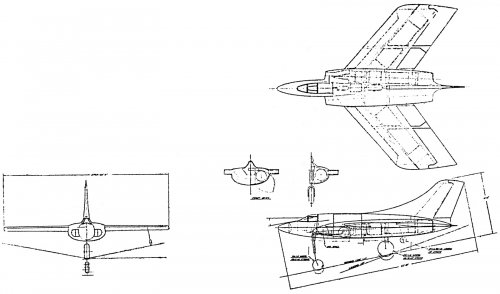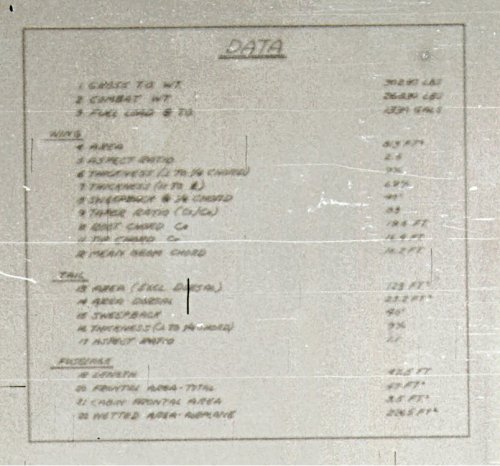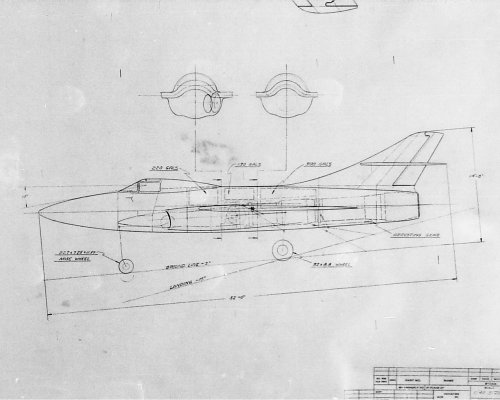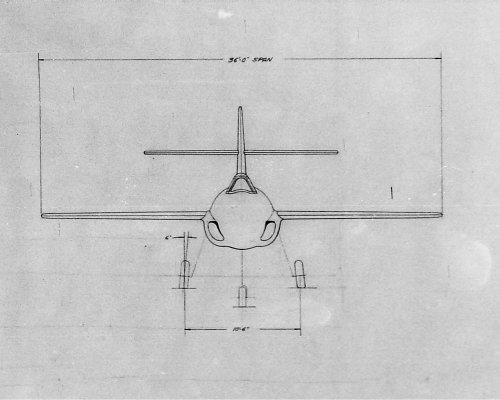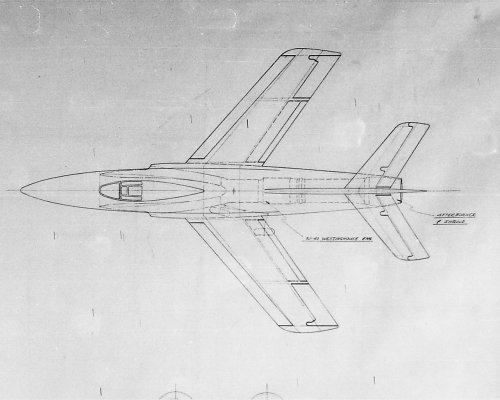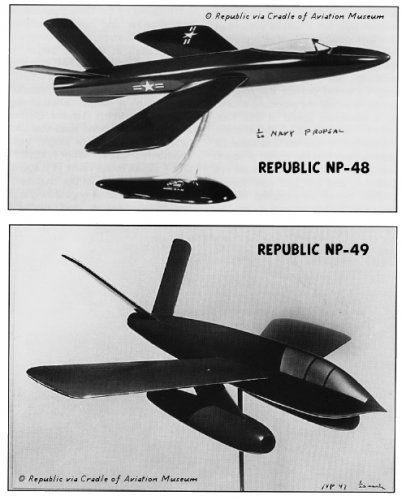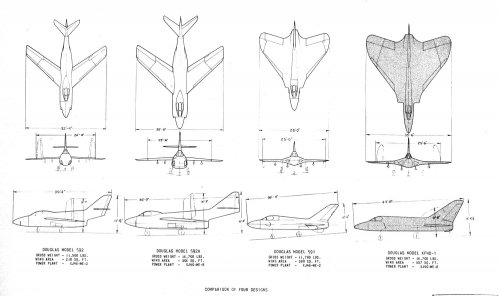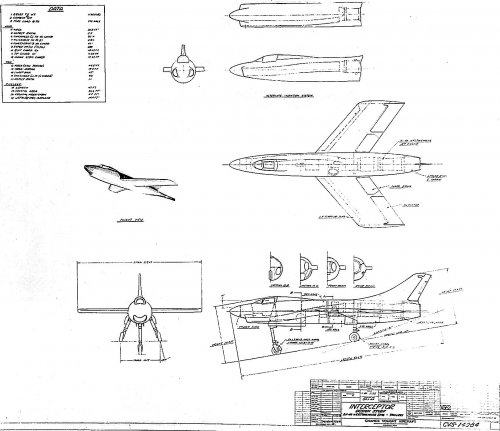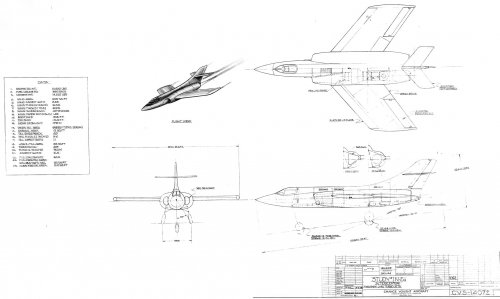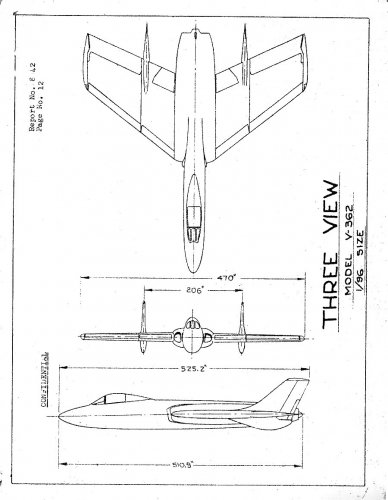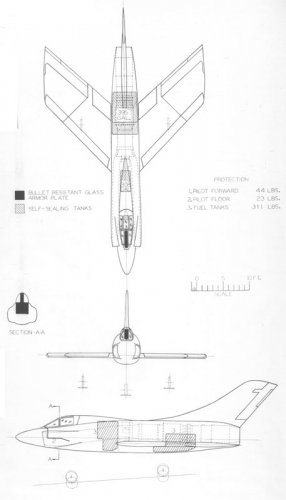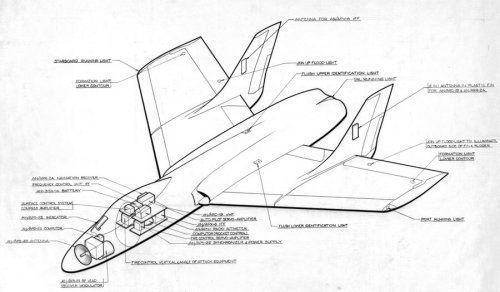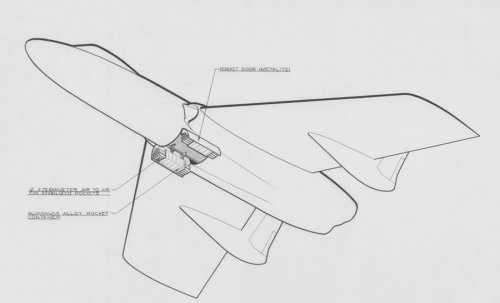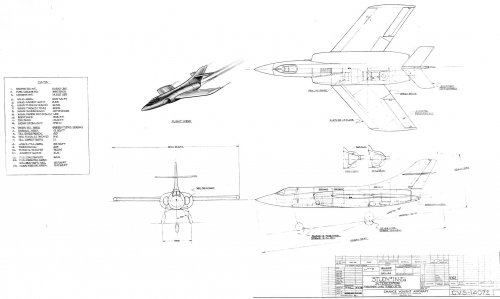- Joined
- 17 May 2008
- Messages
- 683
- Reaction score
- 1,448
Mark N sent me an email that someone on the forum was looking for info on the V-362.
Two things working against my info. The microfilm is horribly dark and was not the
clearest to start out with.
Here goes: It comes from reel 176 page 408
V-362 Interceptor Design Study
Powered by two XJ-40 Westinghouse Jet Engines
Length is 52'-0"
Span is 45'-(6)" the 6 could be an 8 or 9 or even 5
Height is 19'-0" again the 0 is difficult to read.
Attached is the scan that fits the 1024 max size for the forum
Enjoy!
If I find something else out I will let you know.
bill
Two things working against my info. The microfilm is horribly dark and was not the
clearest to start out with.
Here goes: It comes from reel 176 page 408
V-362 Interceptor Design Study
Powered by two XJ-40 Westinghouse Jet Engines
Length is 52'-0"
Span is 45'-(6)" the 6 could be an 8 or 9 or even 5
Height is 19'-0" again the 0 is difficult to read.
Attached is the scan that fits the 1024 max size for the forum
Enjoy!
If I find something else out I will let you know.
bill

